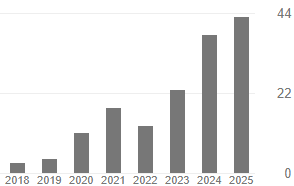Development of Lightweight Paving Block Using Plastic Bottles and SW-PU200
Abstract
Paving block is versatile, aesthetically attractive, functional, and cost effective and requires little or no maintenance if correctly manufactured and laid. But there are few problems that occur whenever it comes to paving block. Nowadays, the paving block is too heavy due to their high density and have durability which are not strong for long periods of usage and causes of cracking. Thus, in order to modify conventional paving block, plastic bottles and PU200 will be used to reduce the weight of the concrete block paving. The main purpose of the use of plastic bottles is to reduce the current pollution of the environment. Testing has been carried out to determine the density of lightweight paving block with the conventional paving block. The result of the test for lightweight paving block should be less than conventional paving block. To determine the skid resistance the value of the road pavement surface dry and wet, we are using skid resistance test on the paving block. Normal density for paving block nowadays is between 2240 to 2400 kg/m³. This research to produce an innovative lightweight paving block with density between 1440 to 1840 kg/m³ but still maintaining its strength. Furthermore, bottles that been added into paving block are very important for the effectiveness in this project, also from the paving block that produced can less the labour to install the paving block at the site work and reduce the time of installation. The size for the lightweight paving block that we created is 140mm x 80mm x 330mm. This lightweight paving is focused on pedestrian, home areas and pool areas.
Downloads
Published
How to Cite
Issue
Section
License
Copyright (c) 2023 Politeknik & Kolej Komuniti Journal of Engineering and Technology

This work is licensed under a Creative Commons Attribution-NonCommercial-NoDerivatives 4.0 International License.







